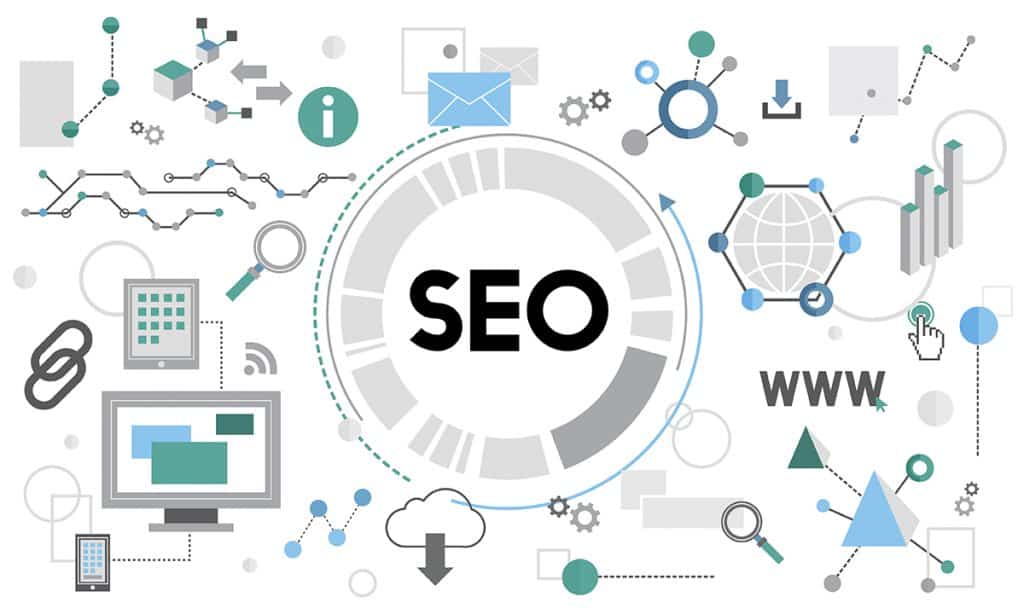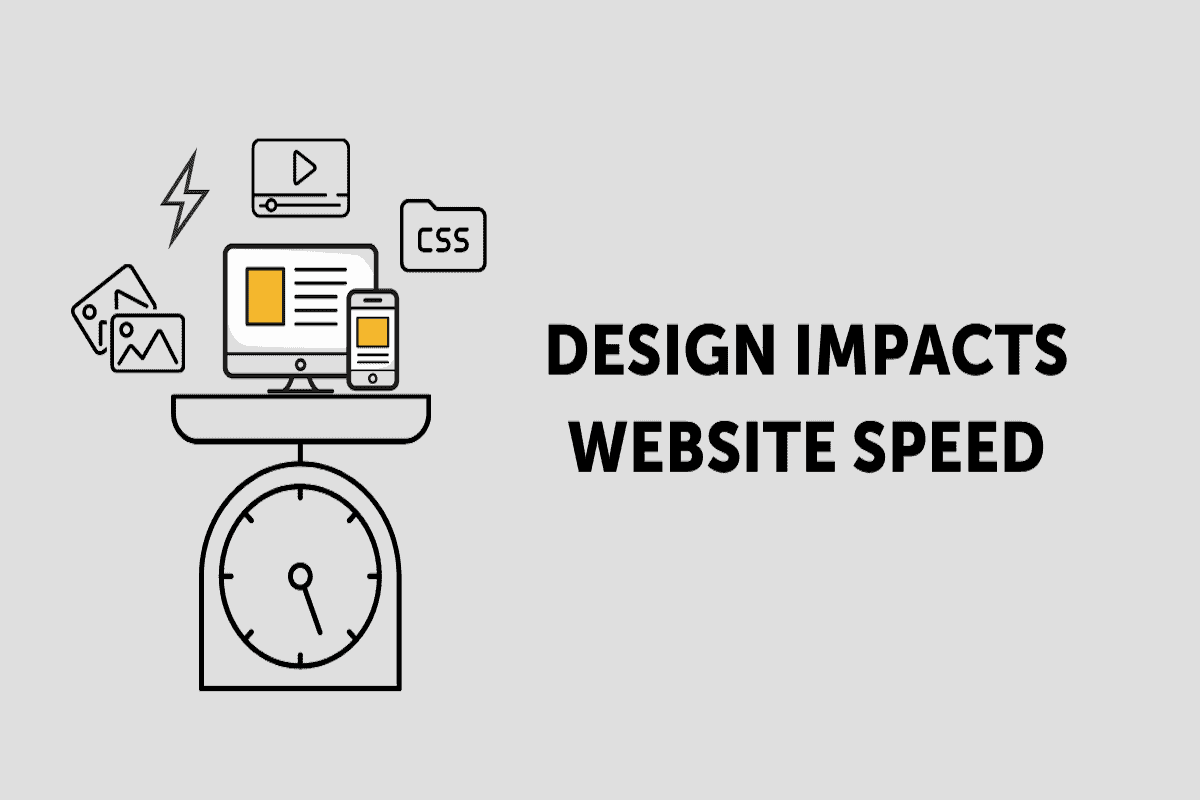In today’s fast-paced digital world, a website’s loading speed plays a crucial role in its success. Users expect instant access to information, and any delays can lead to frustration and a high bounce rate. Website speed optimization is not just about technical tweaks; it also involves creating a good design that enhances the overall user experience. In this blog, we will explore how good design can significantly impact website speed and, in turn, improve user satisfaction.
Lightweight Design Elements
One of the primary ways good design helps with website speed optimization is by utilizing lightweight design elements. This involves using optimized images, scalable vector graphics (SVGs), and minimalist layouts that reduce the overall page size. Smaller page sizes load faster, ensuring a quicker and smoother user experience. Designers should prioritize compressing images, using modern image formats like WebP, and employing CSS sprites to reduce HTTP requests.
Intuitive Navigation
A well-designed website focuses on intuitive navigation, making it easier for users to find what they are looking for quickly. A clear and organized menu structure, along with a logical layout, can significantly reduce the time users spend searching for information. As a result, this streamlined navigation leads to quicker access to content and improved loading times, as users don’t have to dig through a cluttered interface.
Mobile Responsiveness
With the increasing number of users accessing websites on mobile devices, mobile responsiveness has become crucial for website success. Good design ensures that the website adapts seamlessly to various screen sizes and resolutions. Mobile-responsive designs prevent the need for loading additional resources when accessed on mobile, which can save significant loading time and improve the overall user experience.
Caching and Browser Performance
Design choices can also impact caching and browser performance, leading to improved loading speeds for returning visitors. Smart design involves leveraging browser caching, where elements like logos, CSS, and JavaScript files are stored in a user’s browser after the first visit. This means that subsequent visits load much faster as the browser doesn’t need to download the same resources again.
Minimizing HTTP Requests
Each element on a website requires an HTTP request, be it images, scripts, or stylesheets. Good design aims to minimize these requests by combining multiple files into one or using CSS sprites. Fewer HTTP requests lead to quicker loading times and an optimized user experience.
White Space and Readability
An often overlooked aspect of website speed optimization is the proper utilization of white space. A cluttered design can confuse users and make it challenging to focus on important content. A clean and spacious design not only improves readability but also allows the page to load faster. By reducing unnecessary elements, a website’s performance can be significantly enhanced.
 Conclusion
Conclusion
In conclusion, website speed optimization is a multifaceted process that extends beyond technical optimizations. Good design plays a crucial role in enhancing website speed, as it directly impacts user experience and engagement. By focusing on lightweight design elements, intuitive navigation, mobile responsiveness, caching, and minimizing HTTP requests, designers can create websites that load quickly and keep users coming back for more.
A fast-loading website not only pleases users but also improves search engine rankings, making it a win-win for both website owners and their visitors. By understanding the impact of good design on website speed optimization, businesses and designers can create a competitive edge in the digital landscape and ensure a positive user experience for all.

